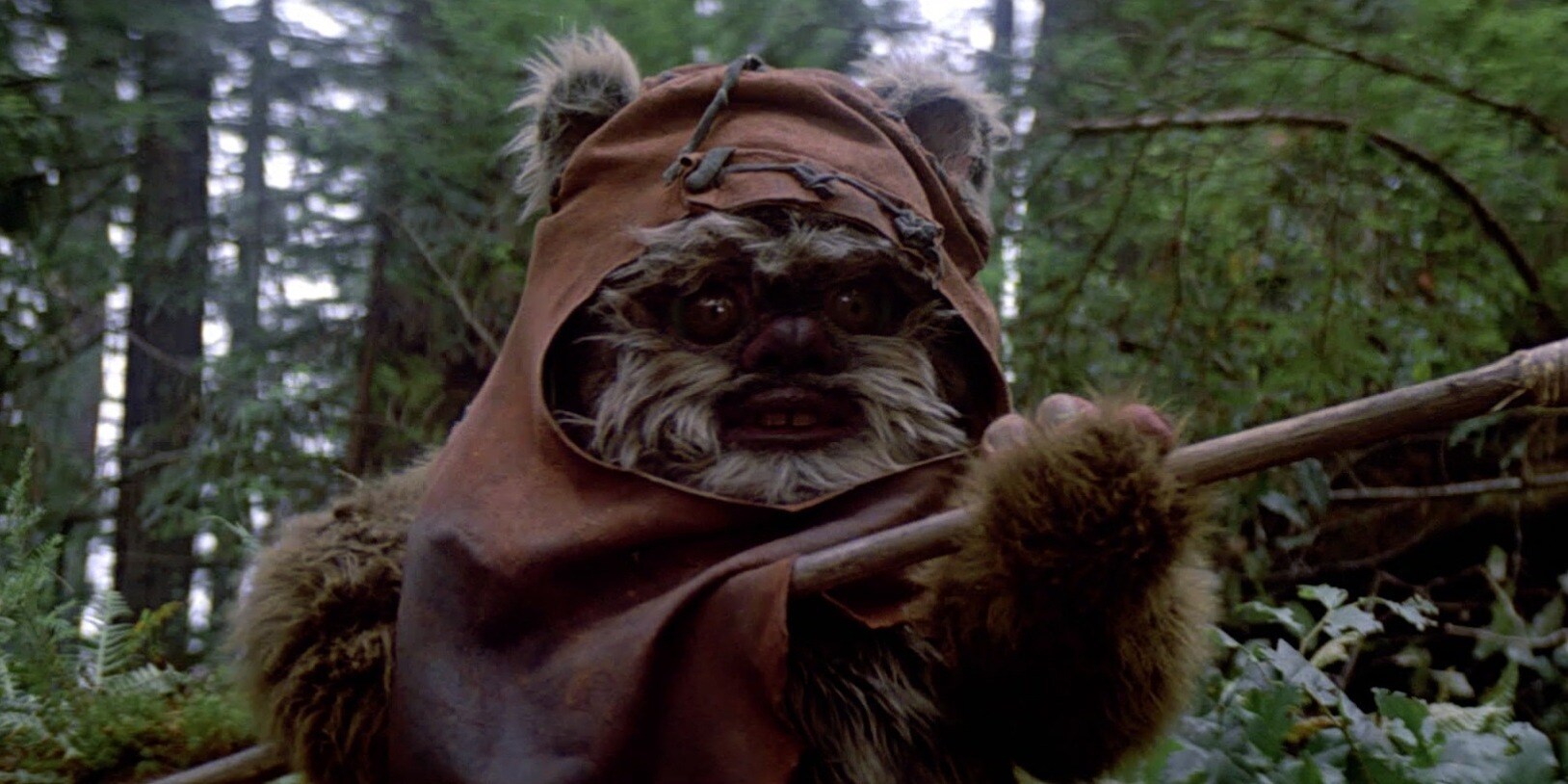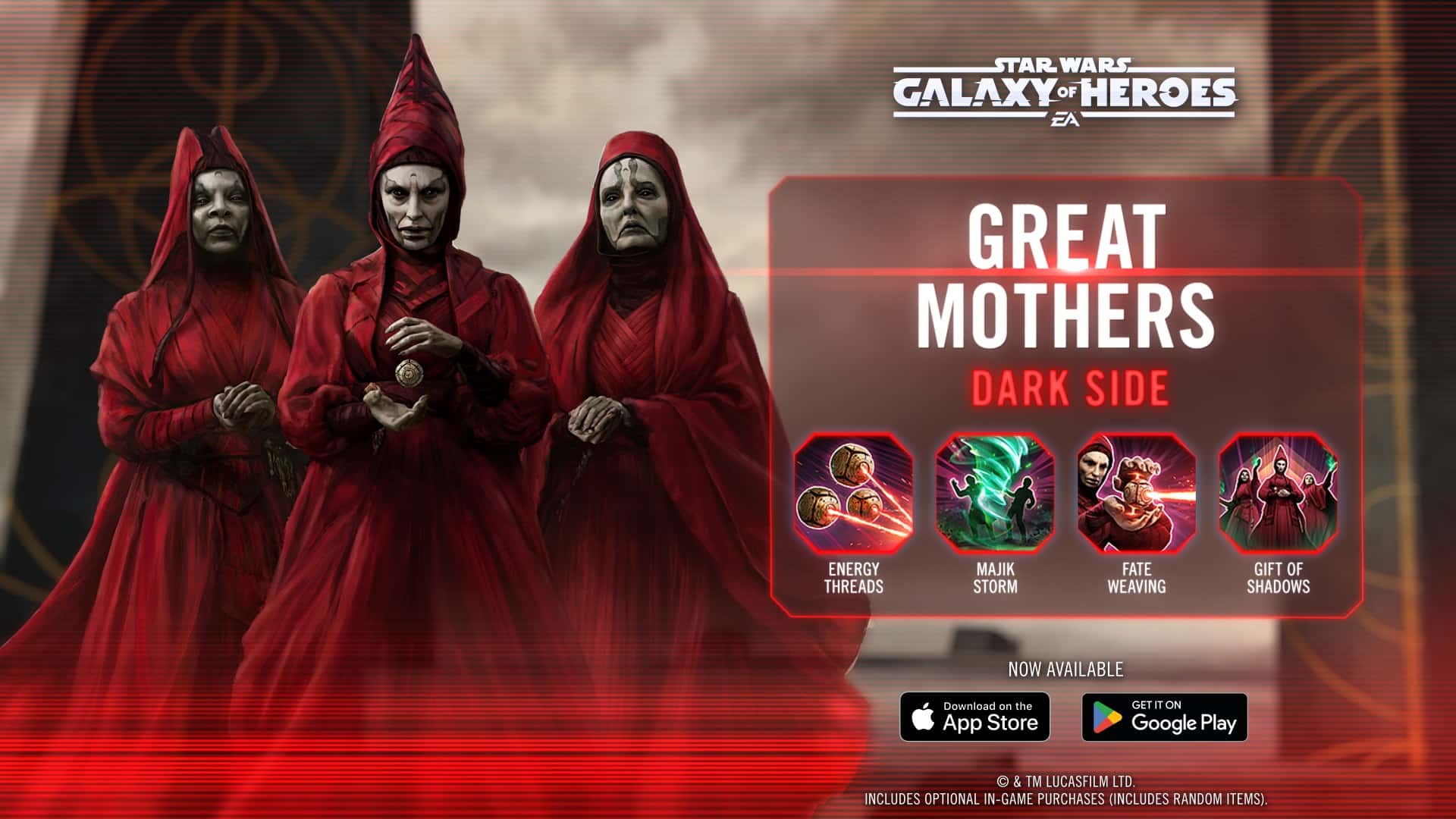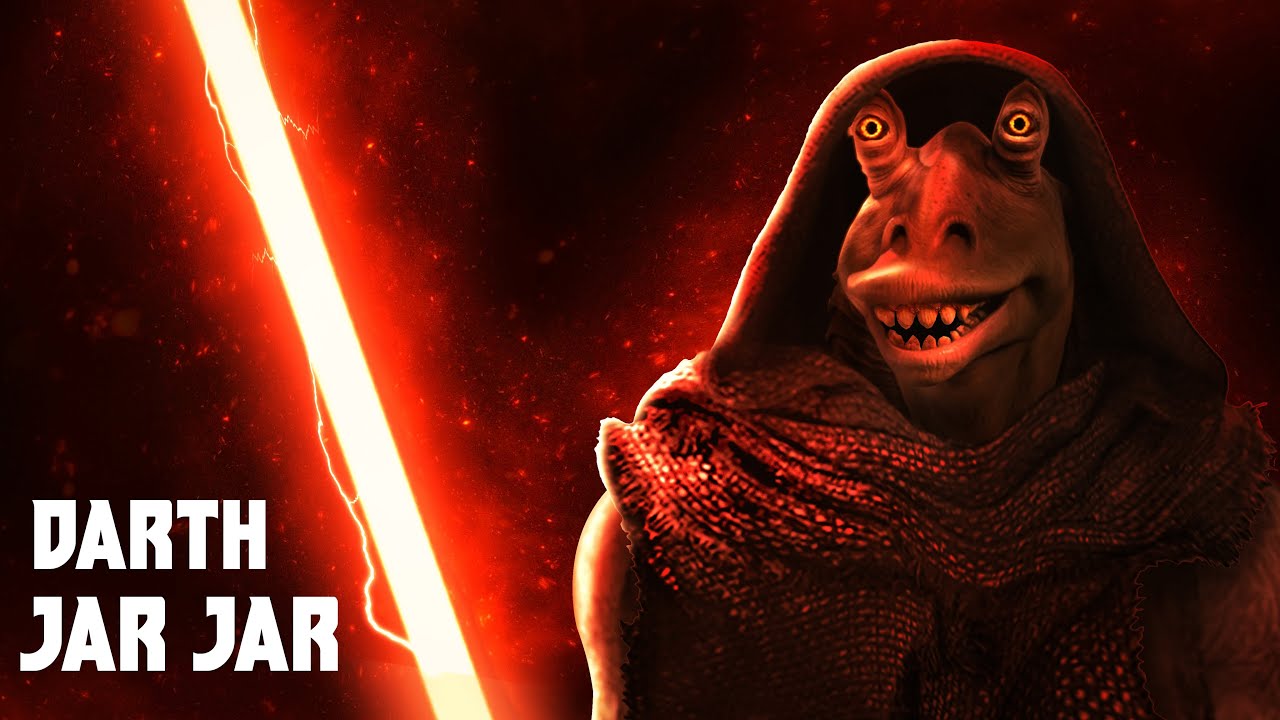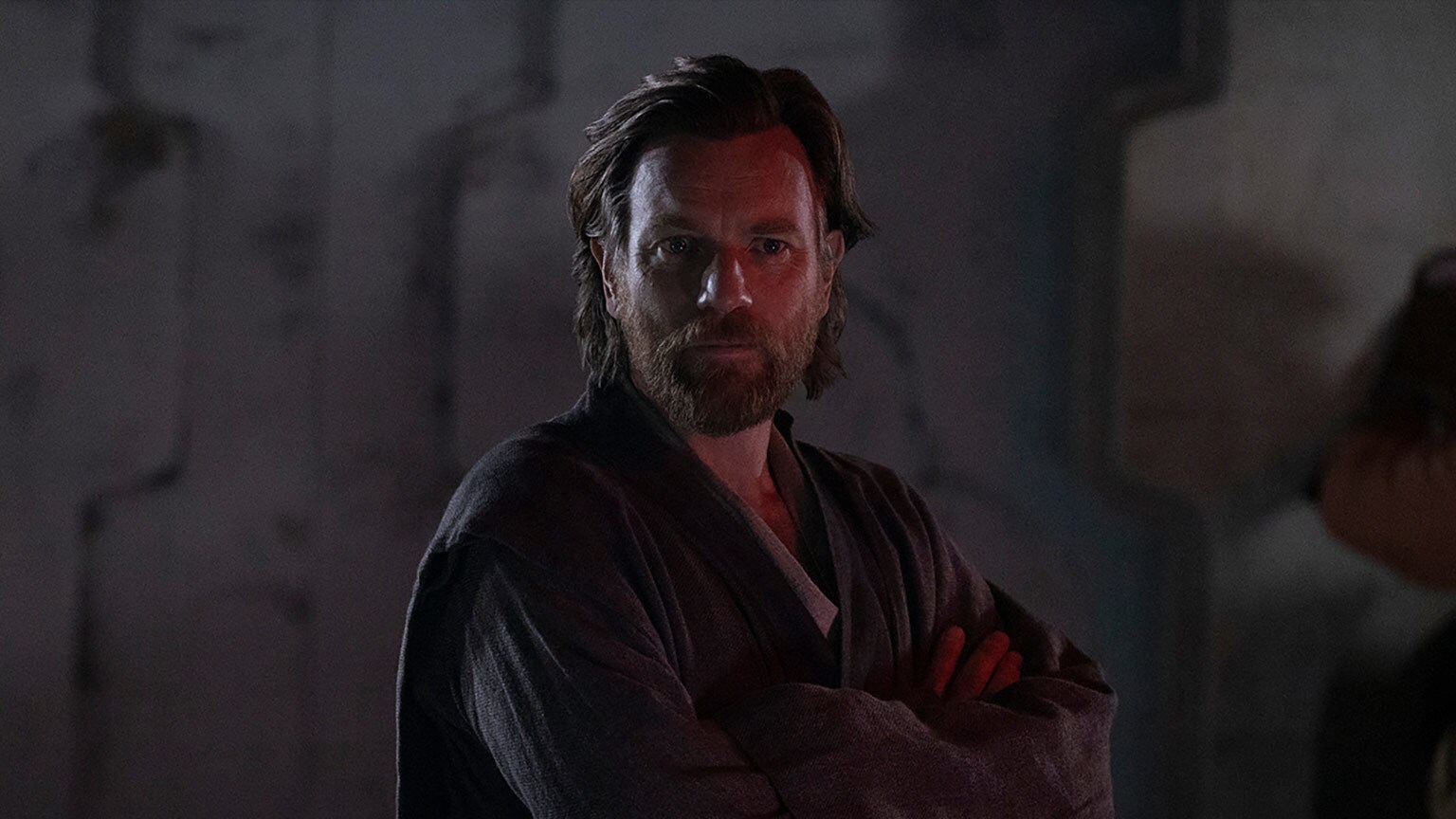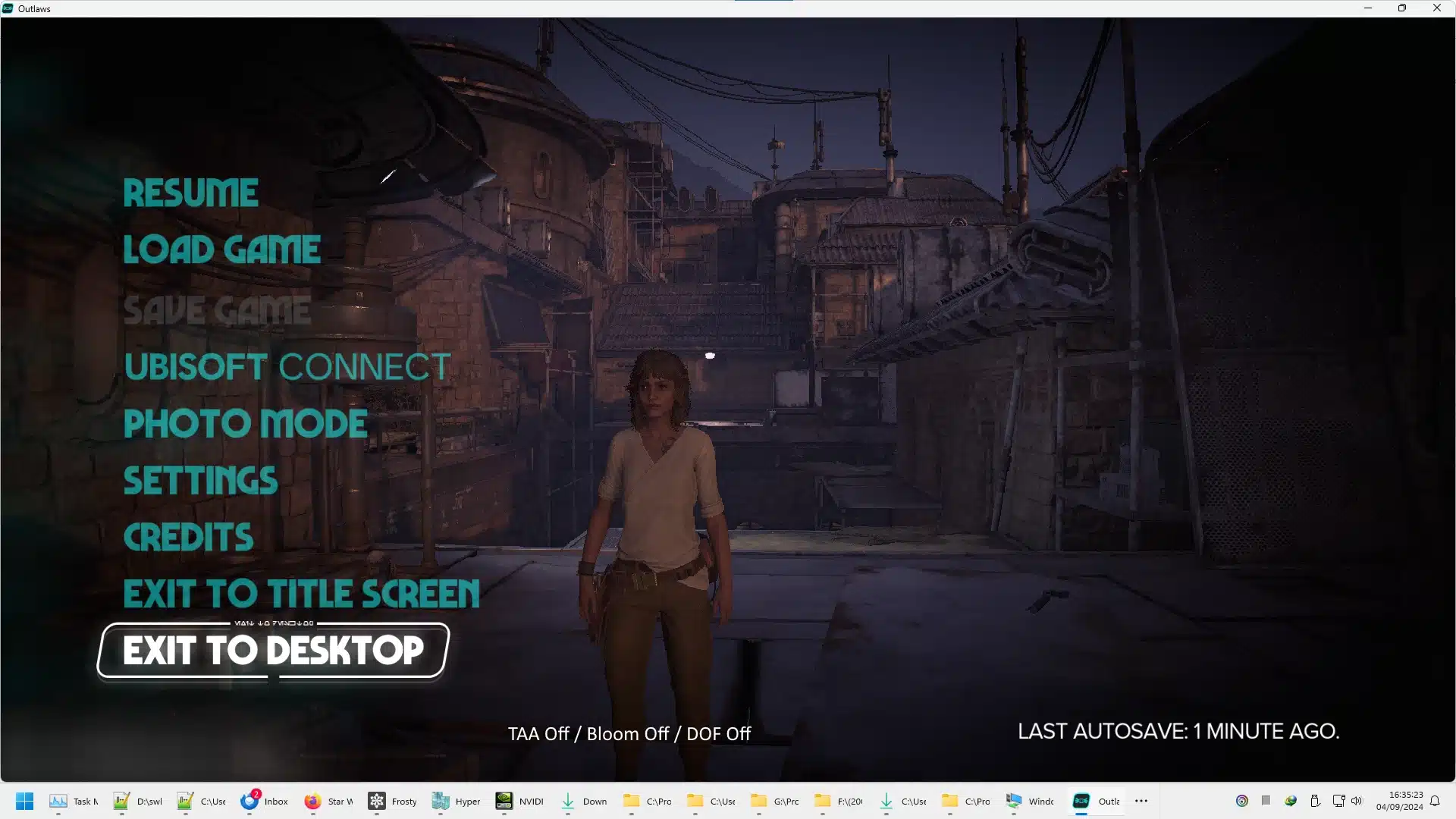When Star Wars: The Clone Wars first aired in 2008, it faced significant backlash from fans and critics alike. Some viewed it as unnecessary, while others criticized its animation style and tone. However, as the series progressed, it not only overcame the initial skepticism but also rose to become one of the most beloved entries in the Star Wars franchise. How did The Clone Wars transform from being hated to one of Star Wars’ best TV shows? It all boils down to strong character development, impactful storytelling, and a deeper exploration of the Star Wars universe.
Initial Criticism and Rocky Start
The Clone Wars didn’t start off on the best foot. Fans were still reeling from the divisiveness of the prequel trilogy, and the show was seen by many as an attempt to capitalize on the prequels’ narrative. The animation style, which was seen as blocky and unsophisticated at the time, drew criticism, and the show’s tone, which was initially more lighthearted, seemed to conflict with the darker, more mature aspects of the Star Wars universe.
Additionally, many fans had already become attached to the 2003 Clone Wars micro-series, which had a different, more mature art style and tone. As a result, some considered the 2008 show unnecessary and redundant.
However, despite this initial backlash, the series gradually began to shift fan opinion. And much of that shift can be attributed to its characters and storytelling.
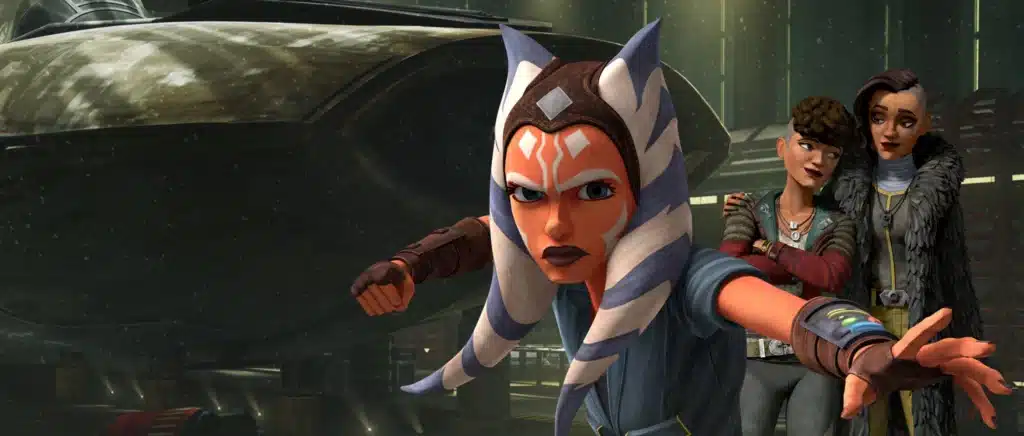
Character Development: Ahsoka Tano’s Journey
One of the key factors in The Clone Wars‘ success was the development of its characters, especially Ahsoka Tano. Introduced as Anakin Skywalker’s apprentice, Ahsoka was initially met with mixed reactions. Her youthful exuberance and rebellious nature grated on some fans, who saw her as an unnecessary addition to the saga. However, as the series progressed, Ahsoka underwent one of the most profound and beloved character arcs in Star Wars history.
By the later seasons, Ahsoka had matured into a skilled and wise warrior, grappling with the complexities of war and her role within the Jedi Order. Her decision to leave the Jedi Order in Season 5 became a pivotal moment, showcasing the cracks within the Jedi Council and setting the stage for the deeper emotional stakes of the show. Ahsoka’s arc resonated with viewers because it mirrored real-life struggles with authority, morality, and personal growth.
Today, Ahsoka is widely considered one of Star Wars’ most iconic characters, thanks to her role in The Clone Wars. As a fan-favorite, her story continues in shows like Star Wars Rebels and the more recent Ahsoka series on Disney+.

Anakin Skywalker and Obi-Wan Kenobi: Filling in the Gaps
While Ahsoka became a breakout star, the development of Anakin Skywalker and Obi-Wan Kenobi also played a crucial role in The Clone Wars’ success. One of the most significant challenges of the prequel trilogy was Anakin’s rapid transformation from a heroic Jedi to Darth Vader, which many felt lacked depth and emotional weight. The Clone Wars filled in these gaps by giving audiences a more nuanced and layered portrayal of Anakin.
The show provided viewers with a deeper understanding of Anakin’s internal struggles, his complicated relationships with the Jedi Order, and the war that shaped him. His bond with Ahsoka and his friendship with Obi-Wan made his eventual fall to the dark side even more tragic, as audiences saw his humanity more clearly. Episodes like “The Wrong Jedi” and “Shattered” offered heart-wrenching moments that made his betrayal in Revenge of the Sith hit harder.
Obi-Wan Kenobi, on the other hand, was fleshed out as a stoic, yet compassionate leader, grappling with his own losses and the burdens of war. His battles with iconic villains like General Grievous and Darth Maul added richness to his character, making him a fan favorite in the series.
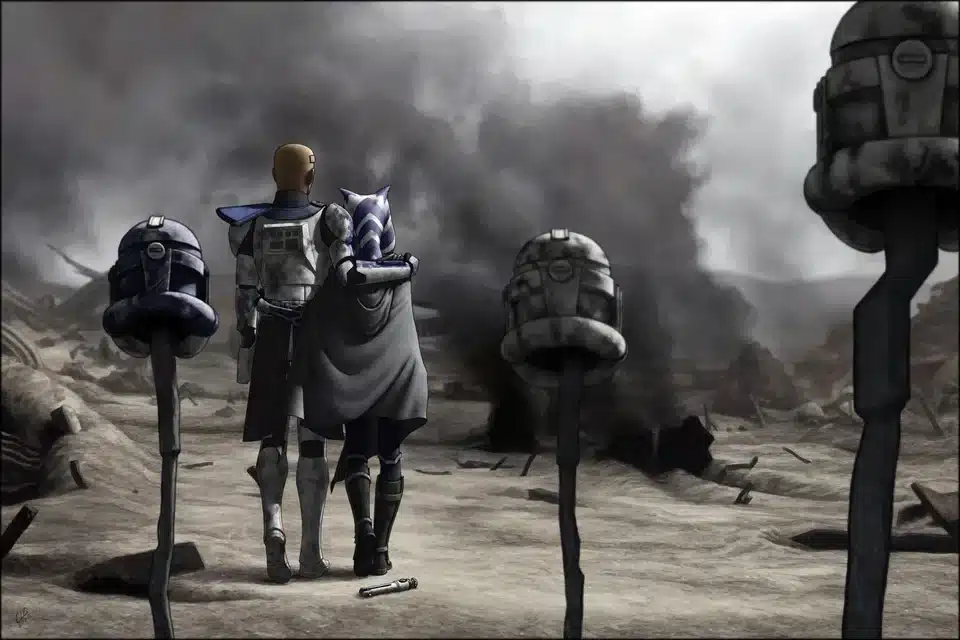
Epic Storylines and Emotional Stakes
While The Clone Wars began with a somewhat episodic structure, focusing on smaller battles and skirmishes, the show quickly evolved into a grand, sweeping narrative. As the series progressed, the stakes grew higher, and the storytelling became more complex. The later seasons of the show, especially the final arcs, are widely regarded as some of the best Star Wars storytelling ever.
One of the key aspects that elevated the show was its willingness to tackle darker, more mature themes. Episodes like “The Umbara Arc” explored the morality of war, showcasing the toll it took not only on the Jedi but also on the clone troopers. The clone characters, particularly Captain Rex and Fives, became central to the narrative, as the show delved into their identities and the ethical dilemmas they faced as soldiers bred for war.
Another major storyline that contributed to the show’s success was the resurrection of Darth Maul. Initially thought dead after The Phantom Menace, Maul’s return became a turning point in The Clone Wars. His complex motivations, desire for revenge, and eventual rise as a crime lord added another layer of depth to the show’s already rich narrative. Maul’s relationship with Obi-Wan, in particular, provided some of the most intense and emotionally charged moments of the series.
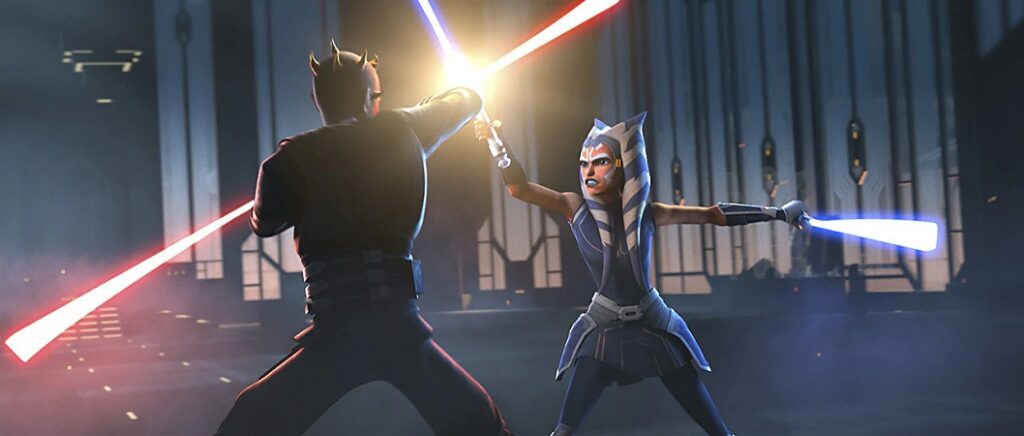
The Siege of Mandalore: A Perfect Ending
The final season of The Clone Wars, particularly the Siege of Mandalore arc, is regarded by many as the show’s magnum opus. Released as part of Disney+’s revival of the series, the last four episodes offered a stunning and emotional conclusion to the story. The Siege of Mandalore ran parallel to the events of Revenge of the Sith, providing fans with a front-row seat to the fall of the Jedi Order and the rise of the Empire.
These episodes were praised for their cinematic quality, compelling action sequences, and emotional weight. The tragic fallout between Ahsoka and Rex, as they dealt with Order 66, provided one of the most gripping storylines in Star Wars history.
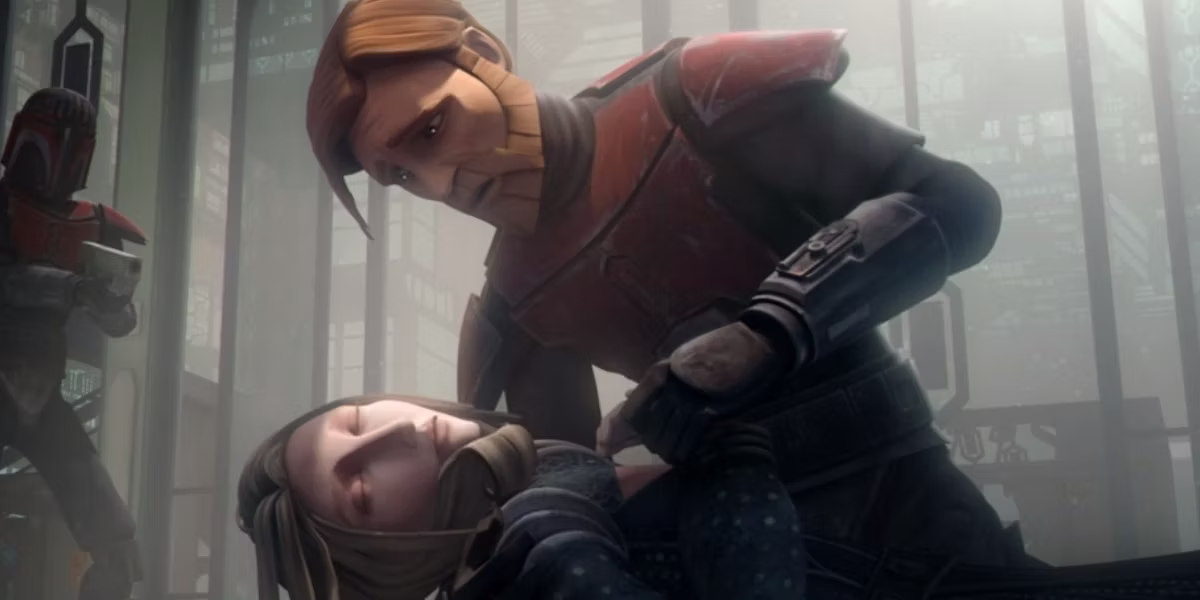
Impact on the Star Wars Franchise
Beyond its immediate success, The Clone Wars left an indelible mark on the broader Star Wars universe. Characters like Ahsoka, Rex, and Maul would go on to feature prominently in other media, including Star Wars Rebels, the Ahsoka series, and even The Mandalorian.
Moreover, The Clone Wars showed how animation could be used to tell deep, mature, and complex stories within the Star Wars universe. Its success paved the way for other animated series, such as The Bad Batch, which continues to explore the aftermath of the Clone Wars era.

Conclusion: From Hated to Loved
Star Wars: The Clone Wars had a rough beginning, with fans skeptical about its animation style, tone, and necessity. However, through excellent character development, compelling storylines, and an exploration of mature themes, the show gradually won over its critics and became a beloved part of the Star Wars canon.
The evolution of characters like Ahsoka Tano, the fleshing out of Anakin Skywalker, and the epic storytelling of arcs like the Siege of Mandalore cemented The Clone Wars as one of the greatest achievements in the Star Wars saga. What began as a divisive show has since grown into a fan-favorite series that continues to influence the franchise in meaningful ways.



